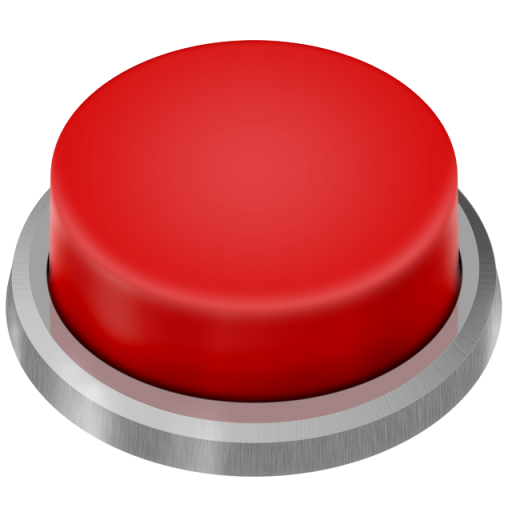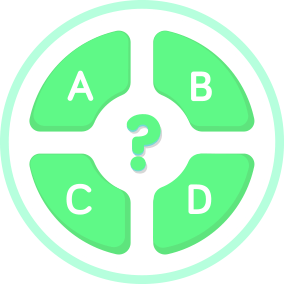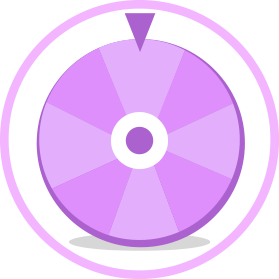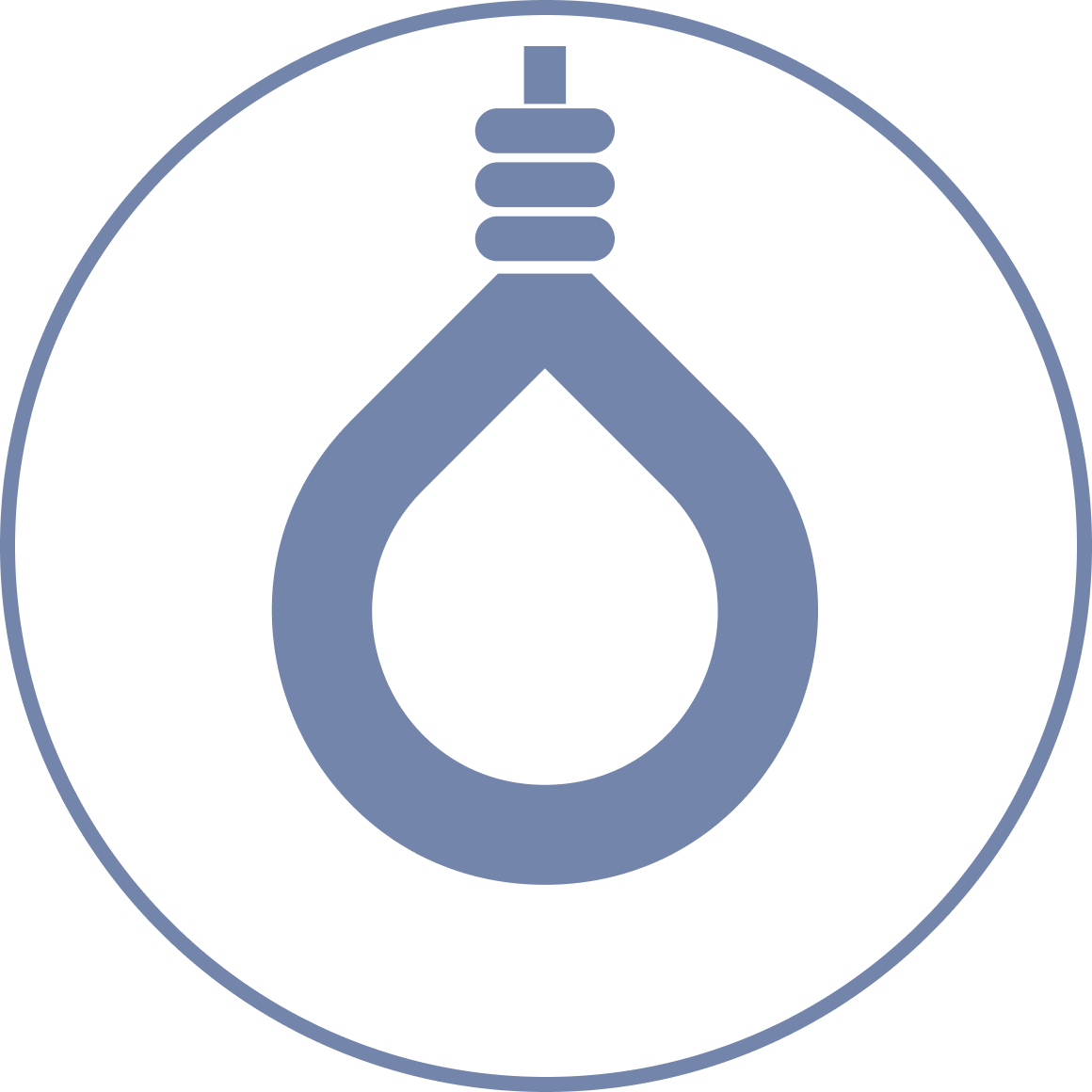

Discovering Design with Chemistry--Chapter 16


Begin Creating Quizzes Today
Create a fun and engaging trivia quiz in minutes!
 Clone to My Questions
Clone to My Questions
 Clone to My Questions
Clone to My Questions
 Clone to My Questions
Clone to My Questions
 Clone to My Questions
Clone to My Questions
 Clone to My Questions
Clone to My Questions
 Clone to My Questions
Clone to My Questions
 Clone to My Questions
Clone to My Questions
 Clone to My Questions
Clone to My Questions
 Clone to My Questions
Clone to My Questions
 Clone to My Questions
Clone to My Questions
 Clone to My Questions
Clone to My Questions
 Clone to My Questions
Clone to My Questions
 Clone to My Questions
Clone to My Questions
 Clone to My Questions
Clone to My Questions
 Clone to My Questions
Clone to My Questions
 Clone to My Questions
Clone to My Questions
 Clone to My Questions
Clone to My Questions
 Clone to My Questions
Clone to My Questions
 Clone to My Questions
Clone to My Questions
 Clone to My Questions
Clone to My Questions
 Clone to My Questions
Clone to My Questions
 Clone to My Questions
Clone to My Questions
 Clone to My Questions
Clone to My Questions
 Clone to My Questions
Clone to My Questions
 Clone to My Questions
Clone to My Questions
 Clone to My Questions
Clone to My Questions
 Clone to My Questions
Clone to My Questions
 Clone to My Questions
Clone to My Questions
 Clone to My Questions
Clone to My Questions
 Clone to My Questions
Clone to My Questions

| CAT_NAME | CAT_NAME | CAT_NAME | CAT_NAME | CAT_NAME |
|---|---|---|---|---|
| 100 | 100 | 100 | 100 | 100 |
| 200 | 200 | 200 | 200 | 200 |
| 300 | 300 | 300 | 300 | 300 |
| 400 | 400 | 400 | 400 | 400 |
| 500 | 500 | 500 | 500 | 500 |


 Buzz In Mode
Buzz In Mode







































